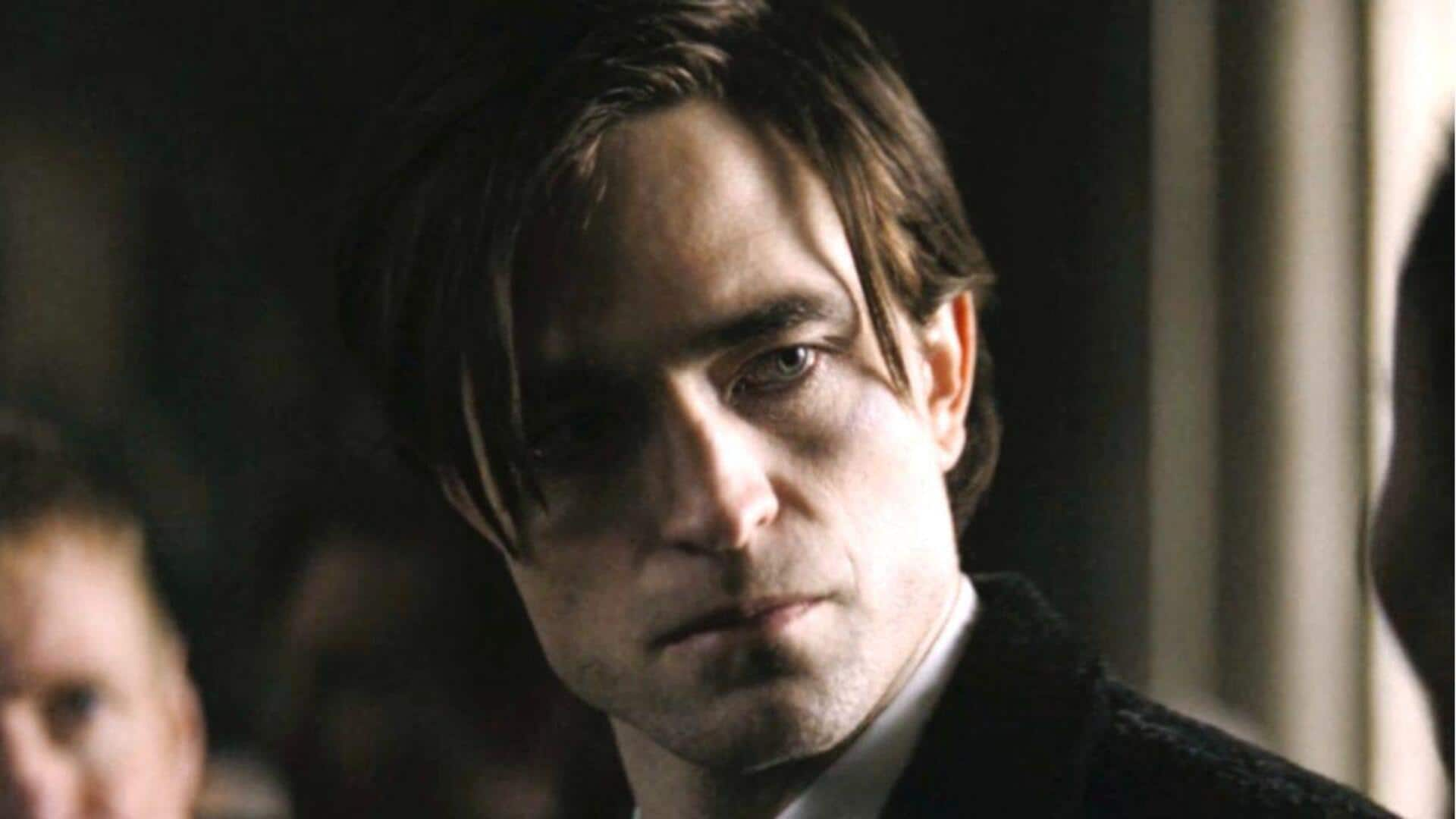
The many faces of Batman: Bruce Wayne's cinematic evolution
What's the story
Bruce Wayne, aka Batman, has been an iconic name in US cinema for generations. The character has transformed across eras, adapting to the changing times and cinematic styles. From his origins to contemporary interpretations, the evolution of Bruce Wayne on screen reveals a lot about the evolution of superhero films. Here are some key stages of his evolution, and how each helped keep the character alive.
Campy start
'Batman' 1966: A campy beginning
The 1966 film Batman, starring Adam West, brought Bruce Wayne to the masses with a lighthearted and campy tone. This version focused heavily on humor and colorful villains, very much in the spirit of the pop culture of the time. Based on the hit TV series, it was the first full-length theatrical adaptation of the DC Comics character. Released just two months after the first season of the show ended, the film featured most of the original cast.
Dark Shift
'Batman' 1989: A darker turn
Tim Burton's 1989 Batman was a turning point in the journey towards a darker Bruce Wayne. With Michael Keaton in the role, Batman became a brooding and complex character. This movie dealt with psychological depth and gothic aesthetics, unlike its predecessors. Its success opened the doors to serious superhero movies in Hollywood, showing audiences were ready for mature storytelling.
Realistic approach
'The Dark Knight Trilogy': Realism reigns
Christopher Nolan's The Dark Knight Trilogy, starting with 2005's Batman Begins, redefined Bruce Wayne through the lens of realism and complicated stories. As the conflicted hero, Christian Bale made us root for him as he battled his own demons and fierce enemies such as Joker and Bane. The films highlighted themes such as justice vs vengeance, and delved into moral dilemmas superheroes face today.
Diverse portrayals
Modern era: Diverse interpretations
In recent years, actors such as Ben Affleck have added new layers to Bruce Wayne with unique takes from various cinematic universes in DC Comics adaptations like Zack Snyder's Justice League (2021). These interpretations highlight different aspects of vulnerability during chaos or while facing impossible odds. Filmmakers continue to explore fresh perspectives while staying true to what makes this iconic character timeless, relatable, and extraordinary across generations worldwide.